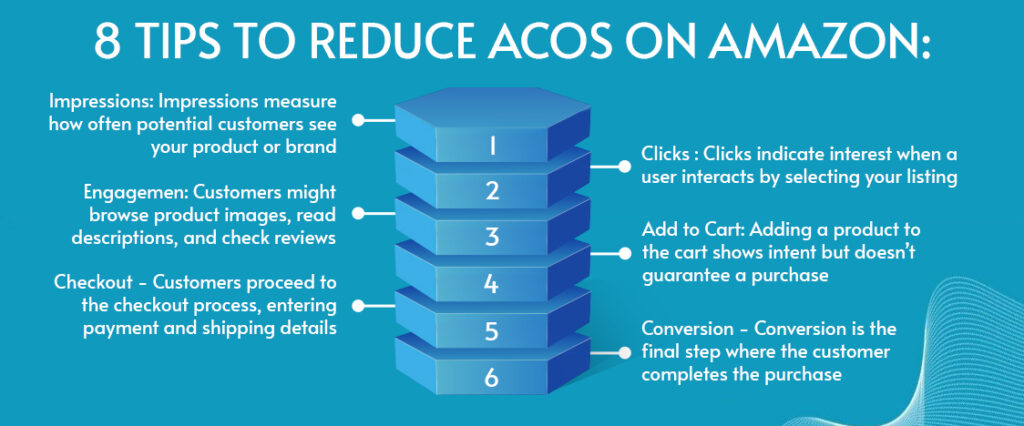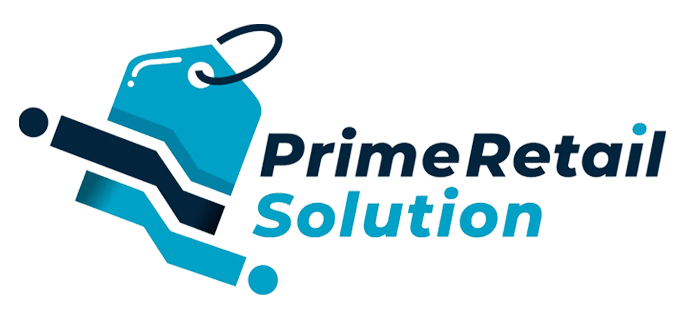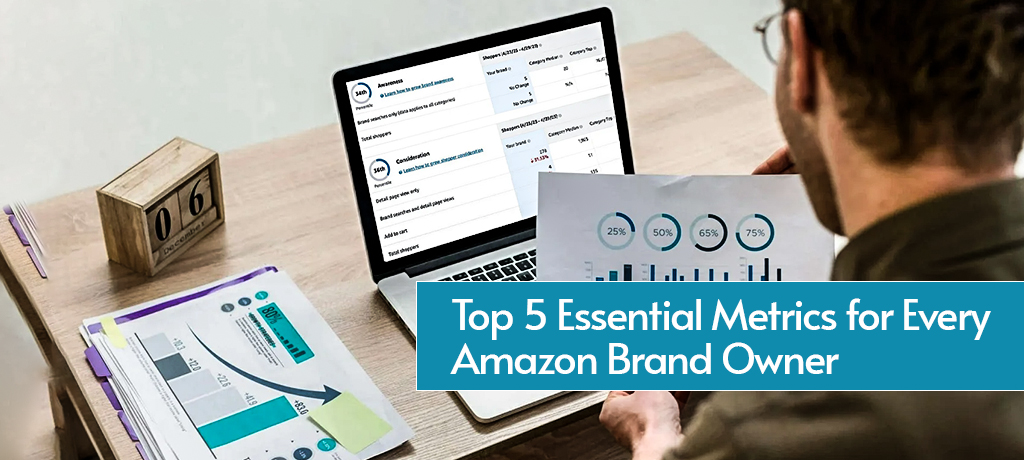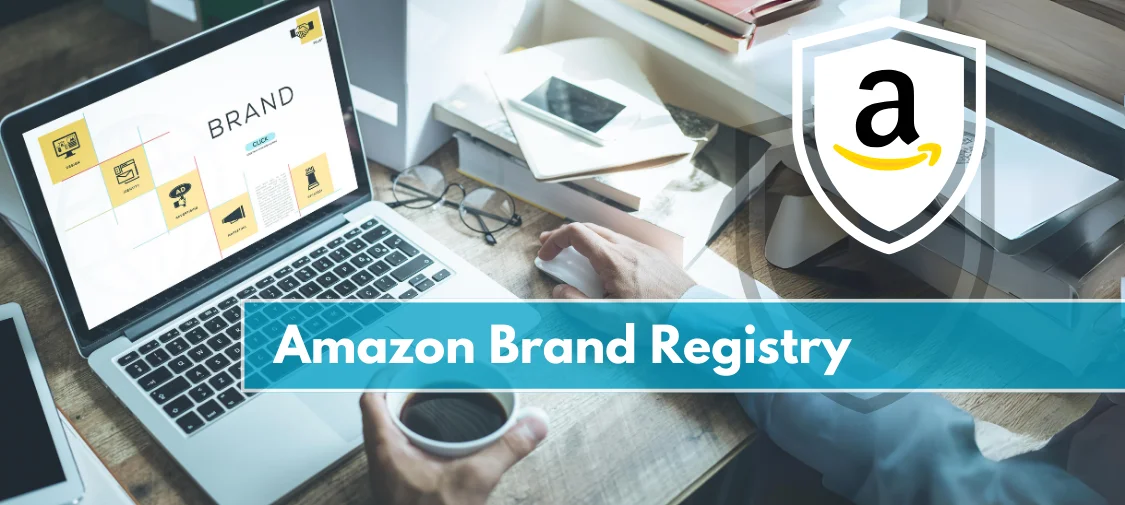Amazon
Top 5 Essential Metrics for Every Amazon Brand Owner
In the fast-paced world of Amazon, knowing which metrics matter can make all the difference for your brand’s success. Amazon brand owners who want to maximize sales, visibility, and customer loyalty need a solid understanding of key metrics. Tracking and optimizing the right metrics allows you to make informed decisions and boost your brand’s growth effectively. Below, we’ll break down the top five essential metrics every Amazon brand owner should be monitoring to stay competitive.
What Are Amazon Metrics?
Amazon metrics are measurements that reveal how well your products and listings are performing on the platform. They provide insights into customer behavior, ad efficiency, and overall sales health, helping Amazon brand owners focus their efforts where it matters most. For 3P sellers, tracking these metrics can uncover opportunities to enhance customer engagement and improve profitability.
Let’s dive into the five most critical Amazon metrics that every brand owner should track.
1. Traffic (Sessions)
What It Is:
Traffic, or “sessions,” measures the number of people who visit your product page. You can find this data in Amazon’s Business Reports, which show you how many unique visitors are viewing your listings within a given time period.
Why It Matters:
Sessions are your first indicator of how visible your product is. Low traffic could mean you’re not reaching enough of your target audience, or that your product isn’t ranking well for relevant keywords. Boosting traffic through keyword optimization, better ad targeting, and optimized content can lead to higher sales potential.


2. Click-Through Rate (CTR)
What It Is:
Click-Through Rate (CTR) is the percentage of shoppers who see your product in Amazon’s search results and decide to click on it. It’s calculated by dividing the number of clicks by the number of impressions.
Why It Matters:
A low CTR suggests that your listing is not engaging enough to make customers want to click. It could mean that the title isn’t appealing, the images are subpar, or the price isn’t competitive. Optimizing CTR is essential for moving potential buyers from browsing to purchasing.

3. Conversion Rate (Unit Session Percentage)
What It Is:
Conversion Rate (referred to as Unit Session Percentage on Amazon) measures the percentage of visitors who purchase your product after viewing the listing. This metric is critical for understanding how well your listing converts traffic into sales.
Why It Matters:
Conversion rate reveals whether or not your product page meets customer expectations. High traffic with a low conversion rate could indicate issues with product images, descriptions, pricing, or reviews. By improving the content of your listing, you can encourage more visitors to make a purchase.

4. Total Advertising Cost of Sales (TACoS)
What It Is:
TACoS stands for Total Advertising Cost of Sales. This metric calculates your advertising spend as a percentage of total sales, both organic and paid, giving a big-picture view of your ad campaign’s impact on overall revenue.
Why It Matters:
TACoS is essential for understanding long-term ad efficiency. If your TACoS is high, you might be overly reliant on ads to generate sales, which could be unsustainable. A lower TACoS generally suggests your brand is building organic traction. Regularly comparing TACoS with profit margins helps you ensure that your ad spend aligns with your profit goals.

| Metric | TACoS | ACoS |
| Definition | Measures advertising spend relative to total sales, including both organic and ad-driven sales. | Measures advertising spend relative to only ad-driven sales. |
| Formula | TACoS = (Ad Spend / Total Sales) x 100 | ACoS = (Ad Spend / Ad Sales) x 100 |
| Purpose | Provides a broad view of how ads impact overall sales performance and brand growth. | Focuses specifically on the efficiency and profitability of ad-driven sales. |
| Insight | A high TACoS may indicate an over-reliance on ads or slow organic growth. | A lower ACoS indicates more effective ad performance, where ads are driving more sales with lower spend. |
| When to Use | Use TACoS to assess the broader impact of ads on total brand sales, tracking growth over time. | Use ACoS to monitor the immediate return on ad investment, focusing on ad-specific profitability. |
| Key Takeaway | TACoS offers a holistic view of ad impact on total sales, important for long-term growth strategy. | ACoS measures ad efficiency in driving sales directly from ads, essential for optimizing ad budget allocation. |
5. Customer Retention (Repeat Purchase Rate)
What It Is:
Customer Retention, often tracked through Repeat Purchase Rate, measures how often customers return to buy your product again. Amazon Brand Analytics provides this metric, giving insight into long-term customer loyalty.
Why It Matters:
Building a loyal customer base is vital for sustainable growth. A high repeat purchase rate can reduce your reliance on ads, as loyal customers come back without additional acquisition costs. Tracking this metric helps brand owners assess customer satisfaction and engagement over time.

Practical Tips for Monitoring and Optimizing These Metrics
- Set Clear Goals for Each Metric: Knowing what to aim for with each metric helps guide your strategy. For example, set a target CTR or conversion rate that aligns with your overall revenue goals.
- Use Amazon’s Data Tools Regularly: Leverage Business Reports and Brand Analytics for real-time data and insights. These tools can highlight trends, seasonal changes, and areas for improvement.
- Test and Optimize Frequently: Regularly adjust images, pricing, and ad campaigns. Even small tweaks can significantly impact CTR, conversion rate, and repeat purchase rates.
- Leverage A/B Testing: Experiment with different product images, titles, and A+ Content to see what drives the best engagement.
- Track Competitor Performance: Keep an eye on competitors’ metrics by analyzing their listings, product pages, and customer reviews. You might spot areas where you can improve.
Conclusion: Take Control of Your Amazon Metrics
For Amazon brand owners, mastering these essential metrics—Traffic, CTR, Conversion Rate, TACoS, and Customer Retention—can provide a clear path to profitability and growth. By regularly monitoring, optimizing, and setting achievable goals for these metrics, you can improve both short-term sales and long-term brand loyalty.
Want to make the most out of your Amazon metrics? Prime Retail Solution can help you optimize your listings and advertising strategies to boost your brand’s performance on Amazon.
Share





